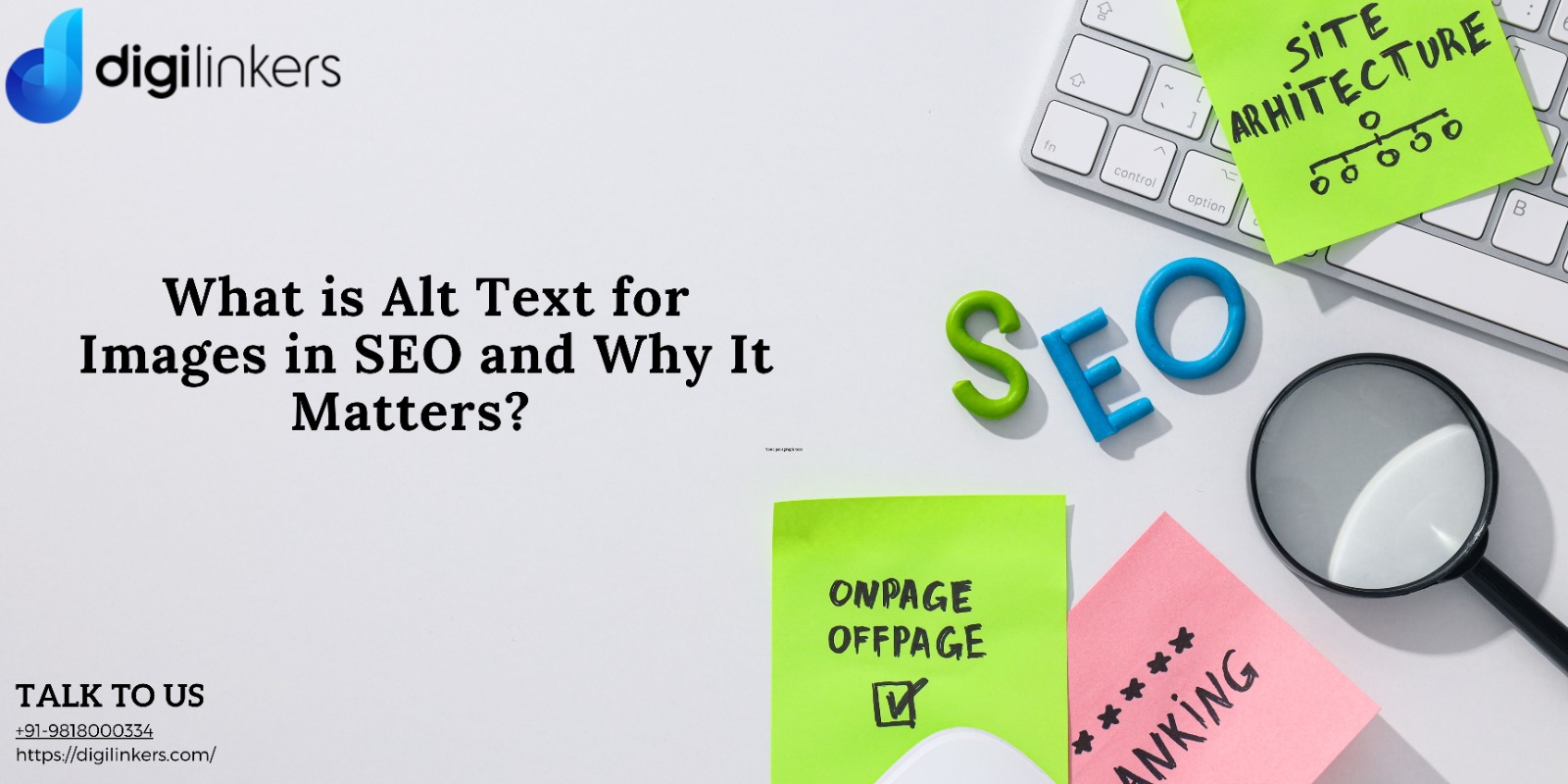What is Alt Text for Images in SEO and Why It Matters?

05-02-2025
In the world of digital marketing and search engine optimization (SEO), every element on a webpage plays a crucial role in enhancing visibility and accessibility. One such often-overlooked element is alt text, also known as alternative text or alt attributes. But what exactly is alt text, and why is it important for your website's SEO strategy?
What is Alt Text?
Alt text is a short description added to the HTML code of an image to describe its content and function. It serves multiple purposes, including improving website accessibility for visually impaired users and helping search engines understand what an image is about.
In HTML, alt text is added using the alt attribute within an <img> tag. For example:
html
<img src=digital-marketing-tips.jpg alt=10 essential digital marketing tips for businesses>
If the image fails to load, the alt text is displayed in its place, ensuring users can still grasp the context of the content.
Why is Alt Text Important for SEO?
1. Improved Accessibility:
Alt text makes web content accessible to visually impaired users who rely on screen readers to browse the internet. This not only enhances user experience but also aligns with web accessibility standards such as WCAG (Web Content Accessibility Guidelines).
2. Better Image Search Rankings:
Search engines, including Google, cannot see images the way humans do. Instead, they rely on alt text to understand an image's content and relevance. Well-optimized alt text helps images appear in search results, driving more organic traffic to your site through Google Images.
3. Enhanced User Experience:
When users encounter broken images or slow-loading pages, alt text provides context, ensuring they still understand the message being conveyed. This improves overall website usability and engagement.
4. SEO Keyword Optimization:
Alt text presents an opportunity to incorporate relevant keywords naturally. By doing so, you enhance the page’s keyword relevance and improve its chances of ranking higher in search engine results. However, avoid keyword stuffing, as it can negatively impact SEO.
5. Improved Website Ranking:
Websites that focus on accessibility and proper alt text usage tend to perform better in search rankings. Search engines reward sites that provide a well-rounded user experience, including optimized visual elements.
Best Practices for Writing Alt Text
To make the most out of your alt text, follow these best practices:
- Be Descriptive: Write concise yet meaningful descriptions that accurately represent the image.
- Use Keywords Wisely: Incorporate relevant keywords naturally without overloading the text.
- Avoid Redundancy: Don't repeat phrases like image of or picture of; search engines already know it's an image.
- Keep It Short: Ideally, alt text should be under 125 characters for better screen reader compatibility.
- Ensure Relevance: Your alt text should align with the page content and provide value to the reader.
Conclusion
Alt text is a powerful yet simple SEO tool that enhances website accessibility, boosts search rankings, and provides a better user experience. By implementing optimized alt text for all images, you can improve your website's visibility and attract more organic traffic.
Looking to boost your website's SEO and online presence? Contact Digilinkers today! Our expert team can help you optimize your digital strategy for maximum results. Let’s grow your business together!
